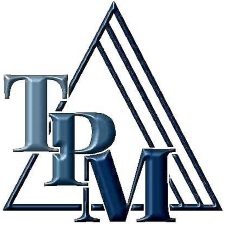Potential Areas for Benchmarking
Potential Areas for Benchmarking
Benchmarking exercise should be objective-specific, with measurable outputs e.g. manpower productivity, capital productivity, timeliness of service, cycle time for supply-chain management, cost of poor quality etc.

With reference to a manufacturing organization, this would mean benchmarking in the following areas:
1. Products and services: Finished goods, products and service features.
2. Work processes: Process of design and production, process of servicing, and other support processes.
3. Support functions: Financial practices, human resource management practices etc.
4, Organisational costs, revenues, productivity, quality indicators. customer satisfaction performance,
5. Planning and strategy: Planning process, long-term and short- term plans, key success factors,
List of probable areas for Benchmarking would largely depend on the organizational needs and its competitive environment and the list could be endless. Every activity of an organization that produces a result or has a measurable outcome can be benchmarked for improvement.
Potential areas of benchmarking at macro-level
In macro-level, Benchmarking exercise of an organization can be with respect to:
1. Performance benchmarking: For key output measures, key performance measures and indicators.
2. Process benchmarking: Processes used such as order entry, customer inquiry, problem resolution, warehouse fulfillment, billing and collection. For process improvement — cycle time, efficiency, inventory, process outcomes etc.
3. Best practice benchmarking: For mastering ‘best- practice’ by understanding, sharing and adoption.
4. Best practice modelling: For modelling of best practices for organizational restructuring and adoption.
5. Customer requirements such as products and services.
6. Products manufactured for example, copiers and repair parts.
7. Critical success factors such as customer satisfaction levels, delivery service, unit costs and asset utilization.
8. Products purchased such as components and material handling equipment.



